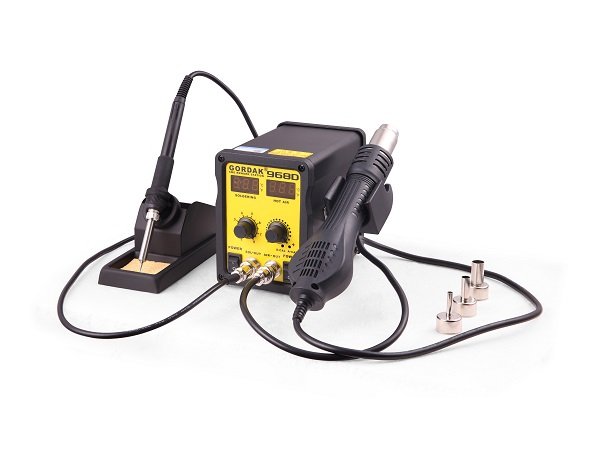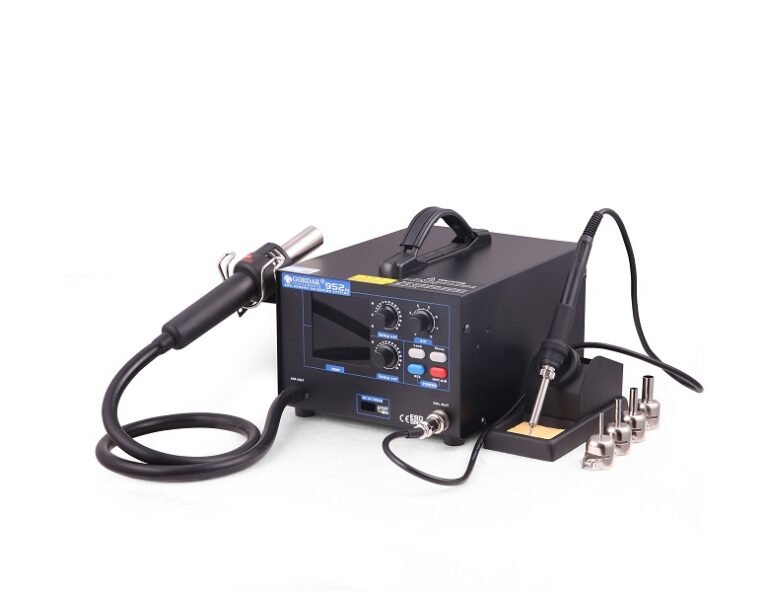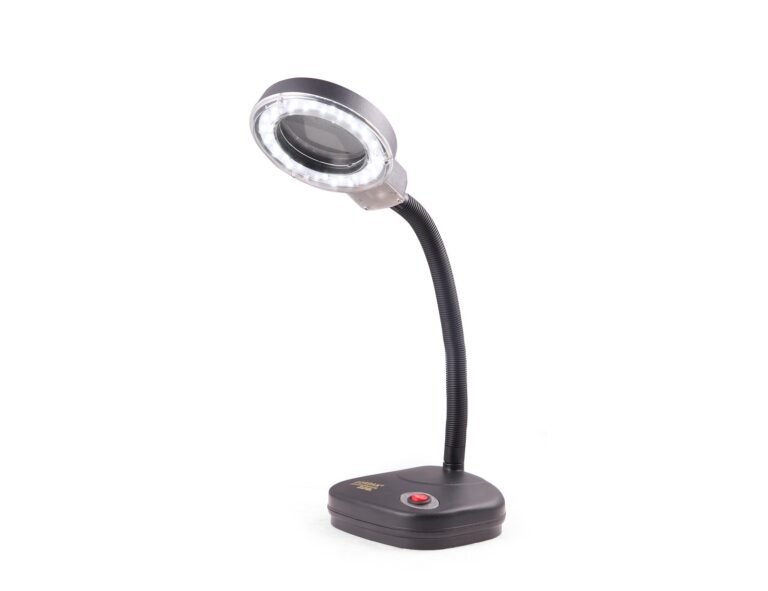Printed circuit boards are essential to the operation of any electronic device. This emphasizes the need of guaranteeing their dependability at all times.
However, printed circuit boards (PCBs) are prone to failure at any stage, from manufacturing to actual usage–and that’s where a soldering rework station and expertise required to fix these issues become relevant.
This article discusses everything you should know about reworking in electronics and the relevance of a soldering rework station in reworking PCBs.
What Exactly Is Reworking in Electronics?
Desoldering and re-soldering components on a PCB utilizing through-hole technology (THT) or surface-mount devices (SMD) is known as “Rework.” It’s the procedure of repairing a flawed product such that it meets all applicable regulations.
Professionals do soldering rework by inspecting components for soldering defects and then repairing them manually or through soldering rework stations. Some of the causes of these defects are as follows: electrostatic discharge; incorrect soldering; incorrect placement of components; exposure to high voltage; manufacturing faults; and human error.
The amount of components that need to be modified varies. It is essential to use caution while working with several components so as not to damage the printed circuit board or any of its components. Bits that are yet to be worked on should be protected from heat and potential damage.

Is Reworking Equivalent to Soldering/Desoldering?
Both the rework and soldering stations include soldering, however, they are used for distinct tasks. Reworking involves more than just soldering, although it is a necessary step.
A Soldering station is essential for delicate work like through-hole soldering. A soldering station may be used on any component, and it excels at simple tasks like melting solder over large areas.
The heat gun is the most important part of the soldering rework station, whereas the soldering iron, stand, and sponge are the most important components of a soldering station. Comparatively, soldering rework stations are more cumbersome than soldering stations. Soldering stations are portable, easy to use, and ideal for use in a variety of settings.
Soldering stations are ideal for putting two parts together at a tight junction due to the direct contact between the soldering iron and the components being connected. Instead of being focused on one area, the heat generated by a soldering rework station is diffused across a larger one.
How Many Times Can a PCB Be Reworked?
Several variables influence how many times something can be reworked. The PCB’s layout, the components’ quality, and the number of heat cycles the board has already been through all play a part.
A design with thick laminates, solid assembly, and substantial pads may withstand more thermal cycling without degrading. Considering the temperature limit of the material, components, and previous heat cycles, the typical number of rework cycles for a PCB is three.
Is a Hot Air Redesign Really Needed?
A hot air redesign is a way to go if you want to conserve time and energy. Heating the solder with a hot air pistol is all it takes to remove components from antique circuit boards.
You may save yourself some time and effort by using a hot air rework tool for both desoldering and soldering. Using a hot air station to perform maintenance also safeguards the other components of the circuit. Soldering and de-soldering take far less time and energy with a hot-air soldering rework station.

Purchase Premium Soldering Rework Stations from us
Are you worried about getting high-quality soldering rework stations for your workshop? Worry no more, GORDAK got you covered.
You can always get a supply of top-notch soldering rework stations from us at affordable prices. Click here to view our best collections now.



